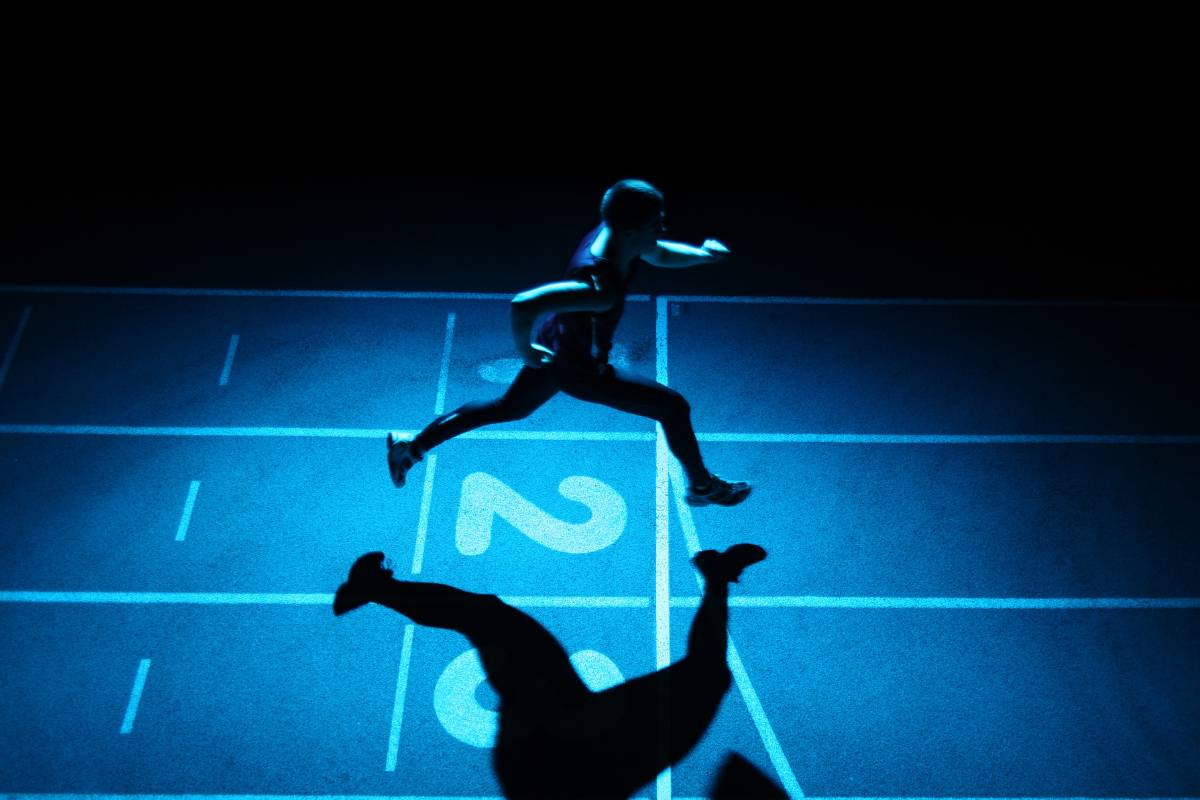The Evolution of Sports Nutrition – Technology’s Role in Athletes’ Diets

Sports nutrition’s always been a game-changer—literally. From grinding out extra miles to bouncing back quicker after brutal sessions, what you eat seriously matters. And now? With all the crazy tech we’ve got at our fingertips, the game’s evolving fast. Precision nutrition isn’t some elite, behind-the-scenes magic anymore—it’s right there, available, and yeah, kinda wild how personalized it’s getting.
Tech is elbowing its way into every part of sports, including what ends up on your plate. It’s not just about eating clean or hitting macros anymore. Now it’s about syncing your food with how your body works—like, your body, not just some generic “athlete template.” So it begs the question: how did we even get here? And what new gadgets and apps are shaking up how the pros fuel up?
Table of Contents
ToggleHow Far Sports Nutrition Has Come
Honestly, it’s been a wild ride. Decades ago, athletes were pretty much winging it—diets based on feel, tradition, and maybe a coach’s “gut instinct.” No macros, no wearables, just vibes and trial-and-error. But once folks started realizing, “Hey, nutrition isn’t just about not starving,” things kicked into gear.
Back in the 1930s—yep, almost a century ago—Swedish researchers started digging into how carbs and fats fuel the body. Then in the ’60s, science turned practical. Carbo-loading? That came from studies on muscle glycogen. Runners everywhere rejoiced.
The ’80s? That’s when things got serious. High-protein plans started making waves for strength athletes, while endurance folks doubled down on carbs. Oh, and the birth of energy bars and isotonic sports drinks? That happened here too. Brands jumped on board, churning out products promising to boost performance mid-workout, mid-race, mid-everything.
Since then, it’s been nonstop refining. Science kept evolving. And that laid the groundwork for today’s hyper-targeted, tech-fueled approach to eating for performance. Basically, we went from spaghetti dinners to algorithm-based meal plans in under 100 years. Pretty nuts.
Technological Innovations In Nutrition
Let’s be real—tech has flipped the script. What used to be a guessing game is now a numbers game. Advanced software helps athletes and their coaches map out every calorie, every macro, in line with workouts, sleep, recovery… even mood sometimes (seriously).
Biotech took it a step further. Think: designing nutrition plans based on your genes. Nutrigenomics is the fancy term. It’s like, “Hey, your DNA says you don’t handle caffeine well, so skip that pre-workout.” Mind-blowing. And those fitness apps? They’re not just for counting steps anymore—they’re mini nutritionists in your pocket, feeding back insights in real time.
Then there’s the next-level stuff—like Feldspar’s sensor-enabled track. Sounds sci-fi, right? But it’s real. Athletes run on it, and it captures live data—speed, exertion, everything. That info can tweak both training and nutrition on the fly. It’s like having a coach, scientist, and dietitian all rolled into one, embedded in the track beneath your feet.
The Impact Of Technology On Athlete Performance
With all this data flying around, performance has leveled up big time. Athletes can now tweak their nutrition daily—heck, hourly—based on what their body’s telling them. Feeling sluggish? The data might show low iron. Recovering too slow? Maybe you’re skimping on protein or overdoing it on training days. It’s all adjustable, on the fly.
Wearables don’t just track heart rate anymore. They’re giving health insight into how your body responds to specific meals, supplements, even hydration patterns. So instead of “I think I ate okay,” it’s “I know this combo helps me bounce back faster after heavy lifting.” It’s performance nutrition with receipts.
AI-Powered Meal Planning Enters The Field
Now we’re getting into the fun stuff. AI is stepping onto the field like, “I got this.” These smart systems gobble up data—your training logs, sleep cycles, blood markers—and spit out customized meals that actually make sense. Like, not some cookie-cutter menu. Real, tailored suggestions that change when your routine does.
Say you’re traveling for a comp, or your recovery’s lagging. The AI knows. It adjusts. No more Googling “best protein sources” or guessing if you should carb-load. And it does it fast—like, creepy fast. But hey, if it helps you hit that PB? Worth it.
Even cooler? Some tools are looking ahead—analyzing trends over time to predict what you’ll need next week, or before a major event. It’s like predictive nutrition. And by staying ahead of the curve, you’re not just performing better—you’re staying healthier, avoiding burnout, and cutting down on injury risk. Not a bad deal.
Future Trends In Sports Nutrition
So where’s it all heading? Honestly, who knows—but it’s exciting. If the last few decades are anything to go by, things are only going to get more dialed-in. AI and machine learning? They’re just getting started. Soon, they might be calling plays not just for your meals but your whole training cycle.
Imagine knowing before your energy dips what snack to grab—or tweaking your electrolyte intake on the spot because a sensor said your sweat was low in sodium. That’s the level we’re moving toward. Hyper-specific. Ultra-fast. Almost sci-fi… but not quite.
Bottom Line
The future of sports nutrition isn’t just personal—it’s proactive, intuitive, and kinda brilliant. And while nothing replaces good ol’ hard work, the right fuel, at the right time, thanks to the right tech? That’s how champions are made.
Published by Carol Jones
My aim is to offer unique, useful, high-quality articles that our readers will love. Whether it is the latest trends, fashion, lifestyle, beauty , technology I offer it all View more posts
Recent Post
Golf Resorts In Greece – Something’s Changing







